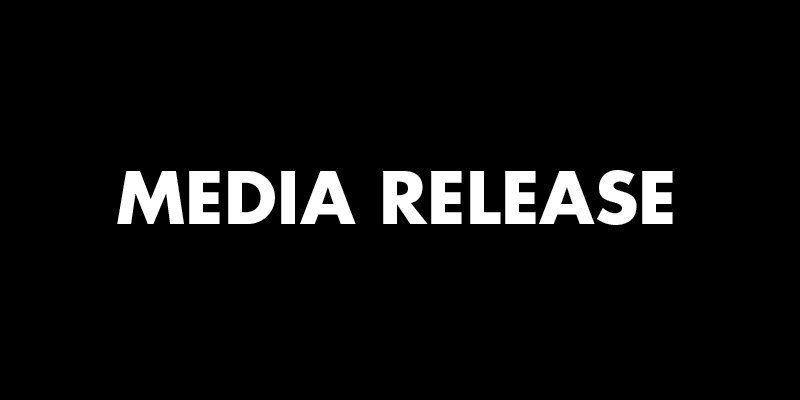Jobs and Skills Summit: Three opportunities to maximise contribution of arts and culture
Media Release
Media Release

The National Association for the Visual Arts (NAVA) is keen to see progress and immediate action out of this week’s 2022 Jobs and Skills Summit for the visual arts, craft and design sector on industrial reform including an Industrial Award rate, First Nations employment and representation, and skills development.
The intrinsic, social and economic value provided by visual artists to Australia's national identity and wellbeing must be supported by regular public endorsement and industrial reform.
Industrial Reform
NAVA Executive Director Penelope Benton said, ‘Except for those in public service jobs, most visual arts, craft and design workers are not protected by unions and the structure of Awards. This increasingly results in the drain of experienced artists and art workers from the visual arts and craft industry and the subsequent loss of knowledge and skill in the sector.’
‘Governments and their funding bodies do not currently mandate NAVA’s Code of Practice recommended payment standards. Unlike performing arts practitioners who benefit from fee and wage increases through their Award process, NAVA is unable to enforce the payment of adequate fees for visual artists, crafts practitioners and freelance arts workers.’
‘In the context of declining artists’ incomes, there are opportunities to boost sector sustainability through industrial reform:
First Nations Employment and Representation
Peter Lenoy, Executive Officer of UMI Arts said, ‘It is very hard to strategically plan for the future when there are no guarantees of funding being forthcoming.’
‘Despite being the only all Indigenous managed peak arts and cultural organisation for Far North Queensland, we have lost two major sources of multi-year government funding over the last four years. This has put immense strain on our capacity to provide training and skills development to Aboriginal and Torres Strait Islander artists, cultural practitioners and communities in Far North Queensland. Skills that are needed for future employment and economic independence. There needs to be a plan that guarantees First Nations led arts organisations like UMI Arts receive funding on an ongoing basis. Funding cuts equals less job outcomes for First Nations art workers.’
‘The agency of the Aboriginal and Torres Strait Islander visual arts, craft and design sector requires strong investment in First Nations mid-career and leadership roles,’ said Penelope Benton.
‘There is an urgent need for a national strategic approach to support First Nations employment and representation. This includes:
Skills Development
Lisa Cahill, Co-Chair of Australian Craft and Design Centres (ACDC) network and CEO and Artistic Director of the Australian Design Centre, speaking on behalf of ACDC, said, ‘Through major funding cuts to the small to medium sector and significant reductions in grant funding available to independent artists, combined with enormous changes to the vocational and tertiary education system for craft and design practice in Australia, we have experienced a major destabilisation of the Australian craft and design ecology with whole modes of practice now struggling to exist in several key states and regions.’
‘We urgently need an increase in funding available to support the work and skills development of individual artists through mentorships and training, project and fellowship grants and for the purchase of specialised studio equipment, which can be a significant issue for artists working in material specific disciplines.’
This includes:
NAVA welcomes an opportunity to discuss these opportunities or work collaboratively with the Australian Government on progressing actioning them.
Media enquiries:
Leya Reid e: media@visualarts.net.au